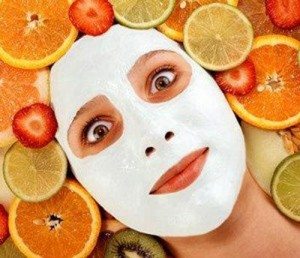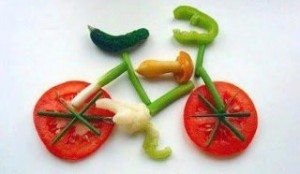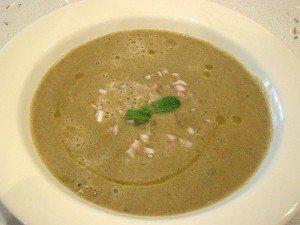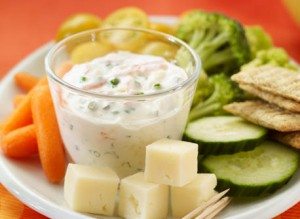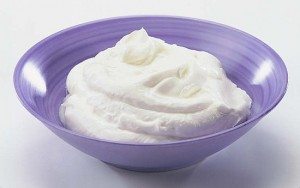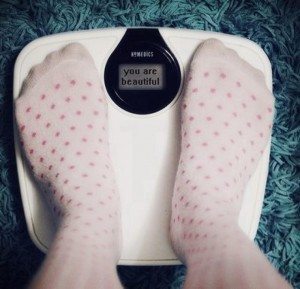Nutrition for Beauty
According to the Georgian calendar, which is used over most of the world today, June is the sixth month. On the Roman calendar, it was considered the fourth month and had only 29 days. Julius Ceasar gave the month 30 days in 46 B.C., when he reformed the Roman calendar.
Spring ends and summer begins around June 21st in the Northern Hemisphere. It’s the time that the flowers are beautiful. It is especially the month for roses. In the Southern hemisphere, winter begins at this time and it means rain and hibernation, and the blooming of the beauty is this in waiting.
With these fun facts about June, I decided to focus on blooming and beauty and how nutrition plays a role…
People watching may have its benefits
Have you ever walked through the grocery store and peeked into other’s carts? I have a number of friends who enjoy doing this and one comment I hear more often than not is that fit and attractive people tend to choose ‘healthy’ food products. As to how true this is. Is pretty subjective… After all, beauty is in the eye of the Beholder.
With that being said, good nutrition (and exercise!) can contribute to various aspects of beauty. Proper nutrition can do more good than bad for your appearance while poor nutrition can lead to problems such as cracks around the mouth, brittle hair and nails, poor skin color, and so on. The saying ‘beauty is only skin deep’ may also be true when it comes to topical products as the deep, underlying layers contain blood vessels which will receive important nutrients that topical products may not be able to penetrate:
Nutrition for the Hair and Skin:
- Protein: Hair and skin is made of keratin, a protein, required for growth and strength. To get adequate protein in your diet, you may consider consuming those with sources of ‘high biological values’ (meaning your body can utilize more protein from this source than potentially from other sources). High BV foods include: whole eggs, milk, fish, beef, soybeans, rice, whole wheat, and beans.
- Antioxidants: help to protect the skin from challenges such as photodamage caused by UV rays. Antioxidants can be found in a variety of fruits and vegetables.
- Vitamin A: is essential to keeping hair and skin moisturized. It also supports the red blood cells in a variety of ways allowing for better oxygenation of the skin, hair, and nails. A deficiency in vitamin A includes symptoms such as dry hair, dry skin, and brittle fingernails. Sources include: cod liver oil, fortified cereals, eggs, butter, whole milk or milk fortified with vitamin A, sweet potatoes, carrots, pumpkin, cantaloupe, mango, spinach, kale, collards, and butternut squash.
- Biotin: Is commonly known as the ‘hair growth vitamin’ as it promotes a healthy scalp and hair growth. A deficiency in biotin in rare, with symptoms including brittle fingernails and hair loss, and so supplementation is rarely needed. Sources include: yeast, whole wheat bread, cooked egg, cheddar cheese, liver, pork, salmon, avocado, raspberries, and raw cauliflower.
- B Vitamins: In general, adequate consumption of B vitamins promotes healthy resources of nutrients for oxygen-carrying blood. Oxygenation of both hair and skin is vital for good health and healthy looking skin and hair.
- Vitamin C: Like B Vitamins, Vitamin C helps keep the blood oxygenated by supporting the absorption of iron. It is also an antioxidant which helps fight cellular damage to the skin and is required for collage synthesis. Symptoms of deficiency include bruising easily, hair and tooth loss; however deficiency is rare in developed countries. Sources include: oranges, grapefruit, strawberries, tomatoes, bell peppers, broccoli, and potatoes.
- Vitamin E: is full of antioxidants and found throughout the blood and tissues of the body. Vitamin E is a fat-soluble vitamin and fat is necessary for cell membranes that can make up various parts of our bodies including the skin. Sources include: olive oil, sunflower oil, almonds, hazelnuts, peanuts, spinach, carrots, and California avocados.
- Zinc: plays a vital role in growth and development. It also supports oil glands which provide natural protection to skin and hair. Zinc deficiency symptoms can include skin rashes and impaired wound healing. Sources include: oysters, Dungeness crab, beef, pork, chicken, turkey, yogurt, cheddar cheese, milk, cashews, almonds, peanuts, and baked beans.
- Omega-3-Fatty Acids: can moisturize both hair and skin follicles which can improve the texture and appearance of both. Sources include: flaxseeds, walnuts, salmon, soybeans, halibut, scallops, shrimp, tofu, and tuna.
It’s easy to see how eating a variety of foods can help give our hair and skin a beautiful appearance!
Fitness Corner: Exercise for Beauty?
Exercise is not only great for your heart, brain, and other insides but also the outsides like beautiful skin.
How…
Improves circulation which provides oxygen and nutrients to the body tissues, including the skin, which improve skins texture and overall appearance.
Certain exercises may help reduce the appearance of cellulite by moving the lymph around and improving muscle tone. Yoga comes highly recommended for those who wish to reduce the appearance of cellulite as many yoga positions force lymph movement through shoulder-stands and head-stands.
Some skin conditions can flare up during exercise so certain precautions may be recommended such as exercising in a cool environment for rosacea sufferers (swimming could be a great option), using a moisturizer if you suffer from sweat related conditions, eczema, or psoriasis. Of course, sun screen is recommended by health professionals if you exercise in the sun which will help keep your skin youthful over the long term.
Recipe Corner: Green Gazpacho
If you’re looking for a quick and easy recipe chocked full of nutrition that will cool you off on these hot summer days, you’ve come to the right place:
SERVES 4
2 large cucumbers, peeled, quartered lengthwise and seeded
1 large green bell pepper, halved
6 leaves lettuce, coarsely chopped
2 scallions (white and light green parts), coarsely chopped
1/3 cup coarsely chopped fresh cilantro leaves
3 cups buttermilk, plus additional if needed
4-oz. can chopped mild green chilies, drained
3 Tbs. fresh lime juice
1 tsp. ground cumin
1/2 tsp. salt
1/4 tsp. freshly ground pepper
DIRECTIONS
Reserve about half of 1 cucumber and half of the bell pepper and finely dice. Set aside for garnish (or refrigerate if not serving soup right away).
Coarsely chop remaining cucumbers and bell pepper; transfer to food processor or blender. Add lettuce, scallions and cilantro and process until pureed with some texture remaining. Transfer to large serving container.
Stir in buttermilk, chilies, lime juice, cumin, salt and pepper, adding more buttermilk if needed to achieve a slightly thick consistency. Serve immediately or cover and chill until needed. Just before serving, sprinkle with reserved diced cucumber and bell pepper.
Per SERVING:
| Calories | 123 |
| Protein | 8g |
| Total Fat | 2g |
| Saturated Fat | 1g |
| Carbs | 20g |
| Cholesterol | 6mg |
| Sodium | 469mg |
| Fiber | 2g |
Consider placing the gazpacho on the table with tortillas, salsa, beans, rice, and greek yogurt (in place of sour cream) for a build your own taco meal.
Calorie Corner: Greek Yogurt vs. Sour Cream for Mexican and Indian dishes
|
Other great substitution ideas for Greek Yogurt:
– On a turkey sandwich, spread lightly in place of Mayonaisse
– As a dip, Mix in a packet of good seasons italina herbs and spices into a plain greek yogurt, and serve with crunchy raw veggies
– In place of mayo on any of the deli type salads, such as tuna, egg, or even potato salad
– On a baked potato instead of sour cream – you wouldn’t even know the difference, but you’re nutrition quality will improve tremendously
That’s all for this month,
Enjoy!!

